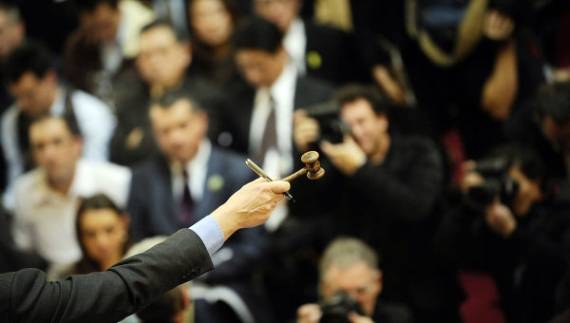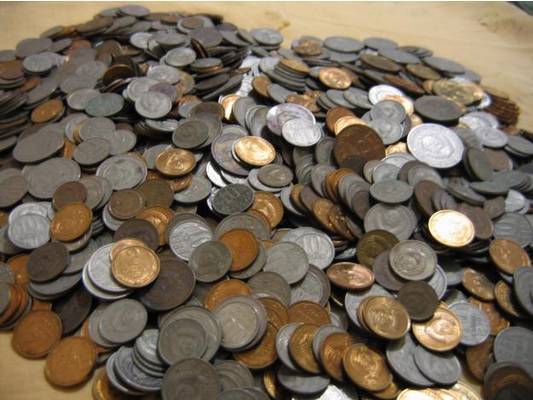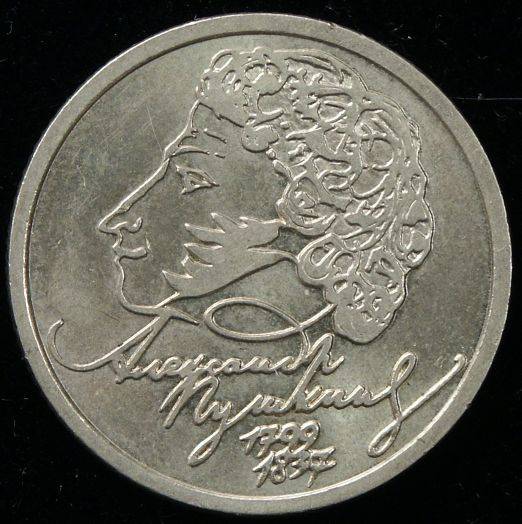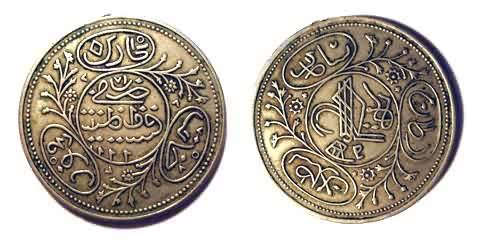Monetary reform of 1654
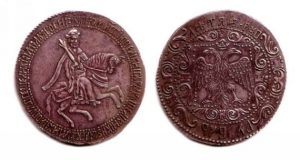 In the 17th century, the epoch in monetary business ended, when absolutely any individual, which was usually a privileged and secular society, could bring material for making coins. The state finally and irreversibly took control of the mints, and supplied raw materials exclusively from its treasury. In this regard, the coins began to lose their stability, and their value gradually began to fall.
In the 17th century, the epoch in monetary business ended, when absolutely any individual, which was usually a privileged and secular society, could bring material for making coins. The state finally and irreversibly took control of the mints, and supplied raw materials exclusively from its treasury. In this regard, the coins began to lose their stability, and their value gradually began to fall.
This instability of money played into the hands of counterfeiters. They could easily start minting coins, almost without fear that they would be severely punished for it. In those days, in Russia, cases of counterfeiting were counted in thousands, however, this fact did not stop the lovers of easy money.
Toward the middle of the 17th century, the monetary business entered a phase of crisis that covered not only individual cities, but also the entire Russian Empire. It was necessary to urgently take any measures, since the situation was practically out of control. In 1654, the government attempted monetary reform. The population began to withdraw precious metals, old coins, which were minted and returned to the trade and money circulation. However, these actions were still very small in order to somehow stabilize the state’s economy. Therefore, the state monopolizes absolutely any trade in silver and gold. Until the end of the seventeenth century, the ruble was considered only as a unit of capital, but in reality such a coin did not exist. Now, it was decided to introduce a silver ruble, which was equal to 100 kopecks. It was a desperate move by the government of Alexei Mikhailovich since the real mass of one silver ruble was only 64 kopecks.
In addition, in 1654 the first silver ruble was introduced, fifty dollars were issued, the nominal value of which was equal to 50 kopecks. Here the compulsory rate had an even greater difference than in the situation with the ruble. This is due to the fact that the amount of silver contained in the fifty kopeks was not two, but 60 times less than in a ruble coin. However, in order not to disturb the population again, the old pennies were not withdrawn from circulation by force. It was decided to withdraw them with the help of taxes, which must be given in old money.
For 1655, a huge number of minted thalers were released. The coins were not completely peresekanivalis, but only supplemented by hotel legends, the date of minting and images.
However, as is well known to everyone, the monetary reform of 1654 failed, because only seven years later, in 1662, a formidable uprising took place, which was called the Copper Riot. The copper revolt was still crushed, but the possibility of new popular unrest remained fairly high. As a result of this, the government was forced to return to the old silver penny, deciding that it would be so much more prudent on their part.

